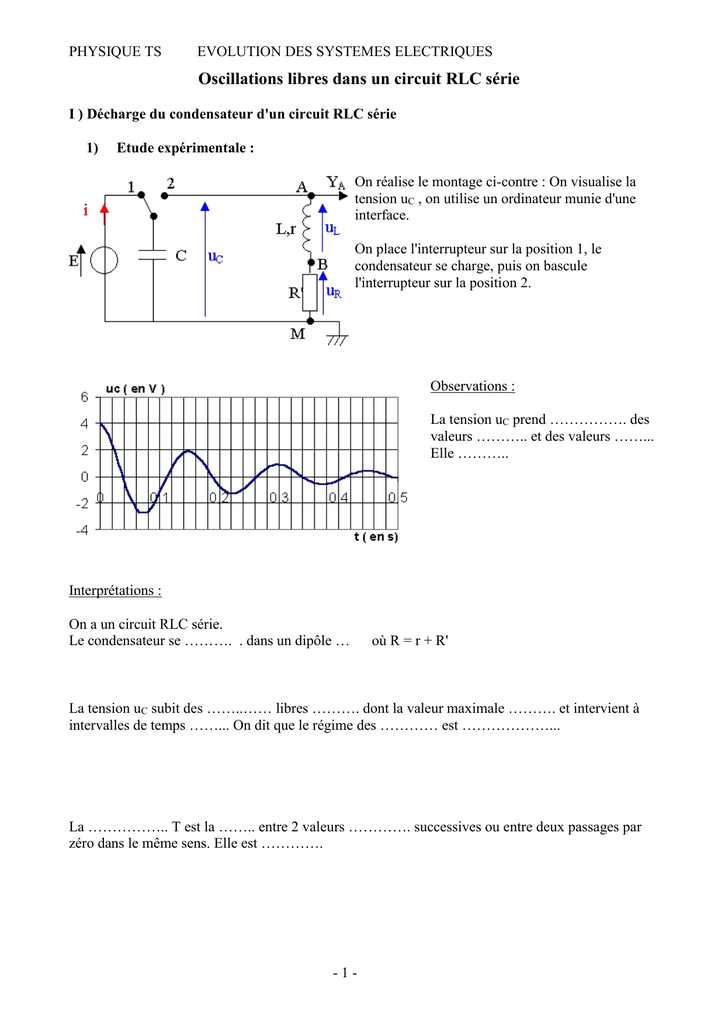

If each RC segment did not affect the others, a gain of about 8 to 10 would be sufficient for oscillation. The single op-amp circuit needs a relatively high gain (about 30) to maintain the oscillation due to the RC sections loading each other. Therefore, the circuit will oscillate at a frequency at which the phase shift of the feedback filter is less than 180 degrees. When the oscillation frequency is high enough to be near the amplifier's cutoff frequency, the amplifier will contribute significant phase shift itself, which will add to the phase shift of the feedback network. Consequently, the oscillation amplitude will keep increasing until the average loop gain of the circuit falls to unity at that point, the amplitude will stabilize. As the amplitude increases, amplifier saturation will decrease the amplifier's average gain. If the amplifier were ideal, then amplitude would increase without limit, but in practice amplifiers are nonlinear and their instantaneous gain varies. In practice, the feedback resistor must be a little bit larger so the oscillation will grow in amplitude rather than remain the same (small) amplitude. Assuming an ideal amplifier, with very low output impedance and very high input impedance, the oscillation frequency is:į o s c i l l a t i o n = 1 2 π R 2 R 3 ( C 1 C 2 + C 1 C 3 + C 2 C 3 ) + R 1 R 3 ( C 1 C 2 + C 1 C 3 ) + R 1 R 2 C 1 C 2 Īs with other feedback oscillators, when the power is applied to the circuit, thermal electrical noise in the circuit or the turn-on transient provides an initial signal to start oscillation. The circuit's modeling equations for the oscillation frequency and oscillation criterion are complicated because each RC stage loads the preceding ones. The implementation of the phase-shift oscillator shown in the diagram uses an operational amplifier (op-amp), three capacitors and four resistors.

Implementations Ĭircuit diagram for a phase-shift oscillator using an op-amp The first integrated circuit was a phase shift oscillator invented by Jack Kilby in 1958.

The most common phase-shift network cascades three identical resistor-capacitor stages that produce a phase shift of zero at low frequencies and 270° at high frequencies. It must have a maximum phase shift of more than 180 degrees at high frequencies so the phase shift at the desired oscillation frequency can be 180 degrees. The filter produces a phase shift that increases with frequency. Phase-shift oscillators are often used at audio frequency as audio oscillators. The feedback network 'shifts' the phase of the amplifier output by 180 degrees at the oscillation frequency to give positive feedback. It consists of an inverting amplifier element such as a transistor or op amp with its output fed back to its input through a phase-shift network consisting of resistors and capacitors in a ladder network. A phase-shift oscillator is a linear electronic oscillator circuit that produces a sine wave output.


 0 kommentar(er)
0 kommentar(er)
